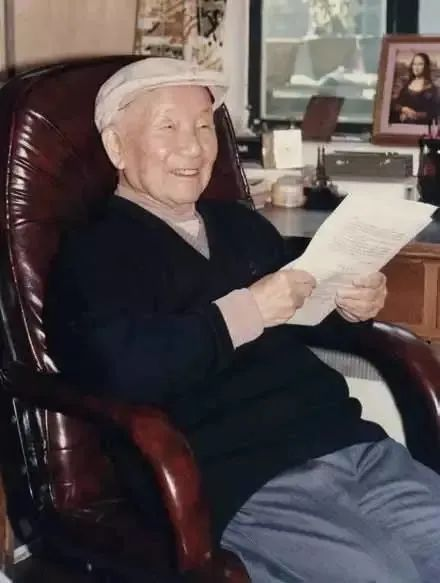Qian Linzhao: Forging Scientific Tools in Crucible of War

In the winter of 1937, inside the Institute of Physics in Beijing, 31-year-old Qian Linzhao and his colleagues were dismantling and packing precision instruments carefully. The Japanese had invaded China and encircled the institute and the Chinese scientists were readying to relocate secretly to the south to safeguard China's "seeds of scientific research."
An urgent telegram had arrived from the institute's director Yan Jici, who was in Kunming in southwest China, ordering them to relocate to Kunming. Qian, who had just returned from the University of London, now faced a critical task: He would have to lead a strategic mission to elude the close surveillance of the Japanese and their collaborators and ensure the relocation.
Rescuing the lifeline of science
The institute and its equipment were a strategic target for the Japanese. Qian and his colleagues pretended to organize documents by day for the invaders, but by night, they secretly moved the instruments out through the back gate to the nearby Sino-French University's courtyard. To evade the Japanese blockade, they disguised the microscopes and spectrometers as ordinary cargo, using a Russian transport company to transport them via the Tanggu Port, today the Tianjin Port close to Beijing.
After nearly six months of perilous travel, the equipment finally reached Heilongtan in Kunming. When physicist Yan Jici saw the instruments, he said, "What we've preserved is not just metal and glass — it's the lifeline of Chinese physics."
Over the next eight years, the institute produced 500 microscopes and 300 levels in Kunming, providing crucial support for military and medical needs during the war.
Breaking through technological blockades
In the makeshift optical workshop in Kunming, Qian faced a new challenge. The objective lens curvature radius measuring instrument essential for microscope production was embargoed by foreign powers. After a week of relentless effort, he successfully modified an ordinary microscope into a precision spherometer capable of millimeter-level curvature measurements.
This innovation, known as the "autocollimation method," not only solved production bottlenecks but remained in use across China's optical factories until the initial stage of reform and opening-up.
Using crystals that had been rushed to Kunming, Qian and his team produced nearly a thousand piezoelectric oscillators, some of which were supplied to the U.S. and British forces stationed in Kunming. The foreign media acknowledged the contribution, reporting, "The crystal components made by Chinese scientists in air-raid shelters are ensuring stable communications along the allied Hump route."
The Hump route was a critical air route over the Himalayan ranges used to bypass Japanese-occupied territory and bring in much-needed supplies to China.
Scientific enlightenment amidst war
Even as bombs fell, Qian continued to teach. Chen Zhaojia, one of his students, recalled, "Professor Qian would rehearse his lectures — sometimes even practicing in front of a wall." In 1943, Qian edited the Chinese Journal of Physics, which became a vital academic bridge between China and the outside world during the war.
In his seminal work, Qian analyzed the optical discourse in an ancient Chinese text, the Mohist Canons, containing the thoughts and philosophy of the Mohist school, a school of philosophy that flourished during the Warring States period (479—221 BC). He did it through the lens of modern physics, sparking a wave of study of science and technology history.
In his seminal work, Qian analyzed the optical discourse in an ancient Chinese texts, the Mohist Canon through the lens of modern physics, sparking a wave of the study of science and technology history.
British biochemist and historian Joseph Needham wrote in his work Science and Civilisation in China, "This work proves that ancient Chinese scientific thought engaged in a timeless dialogue with modern physics."
After the War of Resistance against Japanese Aggression, Qian was one of the founding members of the Chinese Academy of Sciences. Today, his wartime manuscripts are on display at the Qian Linzhao sci-tech history library at the University of Science and Technology of China in Hefei, eastern China.
As Yan Jici said, "They didn't just preserve the instruments, but protected a nation's courage to pursue truth."






